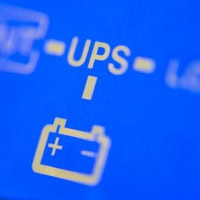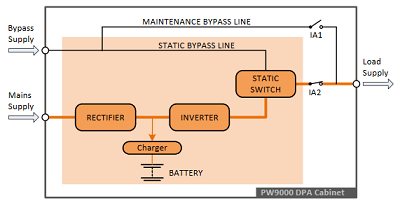In an education setting, if the lights go out, there can be serious repercussions for operational continuance and more importantly, public safety. Within an educational facility – small or large, the common concern is the number of people to evacuate. And in some larger set ups, the physicality of the location changes considerably. Think older university buildings and several of them with lots of stairs and study nooks.
No matter the age of the building or location, fully compliant equipment is required throughout universities that ensures safe escape routes to the ultimate place of safety. Backup power is needed to maintain appropriate exit signage and open area lighting for a diverse range of settings – lecture halls and theatres, full sports facilities with gymnasium equipment, science laboratories as well as industrial level machine shops, commercial catering and student union bars.
For on-site Facilities and Estates Managers, their challenge is to understand the critical power and backup requirements for their sites to keep evacuation routes, premises and people safe until the power comes back on. And their challenge increases due to the number of considerations required for power protection equipment in an ever-changing educational environment.
Emergency lighting in education
A university campus is a diverse environment with many emergency lighting system demands. As well as multiple educational and administrative ICT systems, a power outage could take out campus lights, phones, computers, lifts and electrically controlled door locks. Safe evacuation provision is essential, especially as many of the facilities may need to keep operating during a mains power outage.
Emergency lighting is an essential part of any building services installation, and subject to extensive British and European legislation. Emergency lighting – escape, safety and standby – should be designed to BS 5266-1, BS EN 1838 and EN 50171 requirements. Fully compliant equipment is required throughout an educational establishment and regular risk assessments should be carried out so needs and solutions are kept up to date. This includes a continuously charged battery backup power source specifically for emergency lighting.
Facilities and Estates Managers working in Educational settings need to know that their suppliers understand the different risks they face when it comes to changing load requirements, specialist environments and compliance guidelines – as well as being able to offer a portfolio of supporting products.
UPS systems for education
At Kohler Uninterruptible Power, we have a long history of serving educational and academic estates, which enables us to offer credible power protection audits and to advise on both estate modernisation and new system design. Recognising the challenge of legacy estates, our engineering team is experienced at designing systems that suit specific building layouts, autonomy needs and monitoring requirements, while also considering access for installation and maintenance.
For example, if you have an existing central battery system and you are considering upgrading the emergency lighting, it is a good idea to re-use existing fire rated cable while upgrading the luminaires to modern approved LED devices. The likely result is a smaller unit than had previously been required, so often, you will get a reduction in investment and ongoing running costs.
For newer sites, it would be advisable to conduct a cost analysis, specifically looking at the handling space, weight and temperature demands of power protection systems and the capacity to increase the power when future load demands are uncertain. And it’s always worth reviewing newer solutions when it comes to energy efficiency, for both the bottom line and the planet.
Get in touch and speak to our experts who can advise on the best solution for your requirements that also complies with noise, emissions and life safety legislation across multiple sites and types of building.
For further information on Kohler Uninterruptible Power’s critical power solutions for education, email [email protected].





